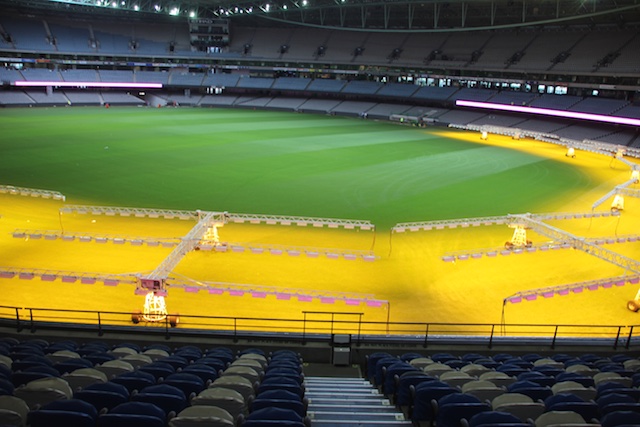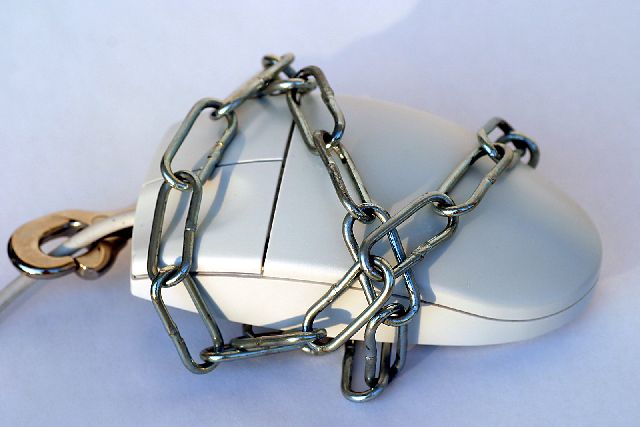“When you’re playing, it’s all about the winning but when you retire you realise there’s a lot more to the game,” says former cricketer Adam Gilchrist.
Gilchrist was speaking at an event organised by software giant SAP ahead of a Cricket World Cup quarter final at the Melbourne Cricket Ground yesterday.
SAP were using their sponsorship of the event to demonstrate their big data analytics capabilities and how they are applied to sports and the internet of things.
Like most industries, the sports world is being radically affected by digitalisation as new technologies change everything from coaching and player welfare through to stadium management and fans’ experience.
Enhancing the fan experience
Two days earlier rival Melbourne stadium Etihad in the city’s Docklands district showed off their new connected ground where spectators will get hi-definition video and internet services through a partnership between Telstra and Cisco.
While Etihad’s demonstration was specifically about ‘fan experience’, the use of the internet of things and pervasive wireless access in a stadium can range from paperless ticketing to managing the food and drink franchises.
In the United States, the leader in rolling out connected stadiums, venues are increasingly rolling out beacon technologies allowing spectators to order deliveries to their seats and push special offers during the game.
While neither of the two major Melbourne stadiums offer beacon services at present, the Cisco devices around the Etihad have the facility to add Bluetooth capabilities when the ground managements decide to roll them out.
Looking after players
Probably the greatest impact of technology in sport is with player welfare; while coaches and clubs have been enthusiastic adopters of video and tracking technologies for two decades, the rate of change is accelerating as wearable devices are changing game day tactics and how injuries are managed.
One of the companies leading this has been Melbourne business Catapult Sports which has been placing tracking devices on Australian Rules football players and other codes for a decade.
For coaches this data has been a boon as it’s allowed staff to monitor on field performance and tightly manage players’ health and fitness.
Professional sports in general have been early adopters of new technologies as a small increase in performance can have immediate and lucrative benefits on the field. Over the last thirty years clubs have adopted the latest in video and data technology to help coaches and players.
As the technology develops this adoption is accelerating, administrators are looking at placing tracking devices within the balls, goals and boundary lines to give even more information about what’s happening on the field.
Managing the data flow
The challenge for sports organisations, as with every other industry, is in managing all the data being generated.
In sports managing that data has a number of unique imperatives; gamblers getting access to sensitive data, broadcast rights holders wanting access to game statistics and stadium managers gathering their own data all raise challenges for administrators.
There’s also the question of who owns the data; the players themselves have a claim to their own personal performance data and there could potentially be conflicts when a competitor transfers between clubs.
As the sports industry explores the limits of what they can do with data, the world is changing for players, coaches, administrators and supporters.
Gilchrist’s observation that there’s a lot more to professional sports than just what happens on the field is going to become even more true as data science assumes an even greater role in the management of teams, clubs and stadiums.
Paul travelled to Melbourne as a guest of Cisco and SAP.




